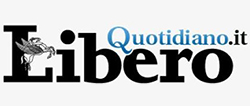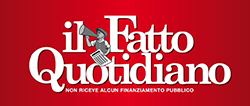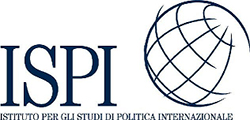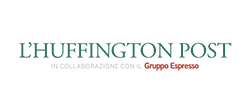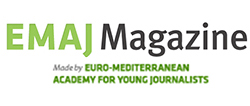Remains of prehistoric fauna discovered at the construction site of Metro 3 in Brussels

A new chapter has been added in the Brussels' Saga on the construction of STIB Metro 3. And this chapter speaks about Archaeology!
During some preliminary excavation works, archaeologists have found numerous prehistoric remains of biological nature, belonging to the fauna that inhabited these territories during the Upper Pleistocene, between 120,000-11,700 years ago.
During this long period, the territory of Brussels was characterised by a much harsher climate than today’s, being on the outskirts of the large ice cap that covered much of Northern Europe due to what we now call the Würm Glaciation.
During the Upper Pleistocene, the water of river Senne - a small river, whose urban course has been underground since 1871 - constituted an important source of life for Paleolithic fauna, which concentrated here to quench their thirst or hunt other animals.
Fauna remains found by archaeologists at the future Toots Thielemans metro station add new scientific evidence to Brussels’ prehistoric past. At a depth of 8-9 meters, archaeologists recovered two femurs and a piece of mammoth tusk, an antler of red deer, a humerus of wild horse, and a mandible of a red deer or a giant deer.
Once Carbon 14 dating is conducted, we will know with greater accuracy to which phase of the Upper Pleistocene these bone remains belong. It will also reveal which hominids these animals were contemporary with: Homo Heidelbergensis? Neanderthal Homo Sapiens?
Without diminishing the memory of jazz musician Toots Thielemans, it would be nice if this archaeological discovery were commemorated in the name of the future metro station.
It would be amazing if these bone remains were safely displayed in special showcases inside the future metro station, perhaps accompanied by informative signs that could offer travelers a window into the prehistoric past of Brussels.
It would be a way to make citizens more aware of the past of the places where they live and travel daily and to enrich the city with its own (pre)historical and cultural heritage.
Therefore, I encourage Brussels’ cultural and political authorities to seriously reflect about this idea.
Photo: @urban_brussels / @anspersoons






